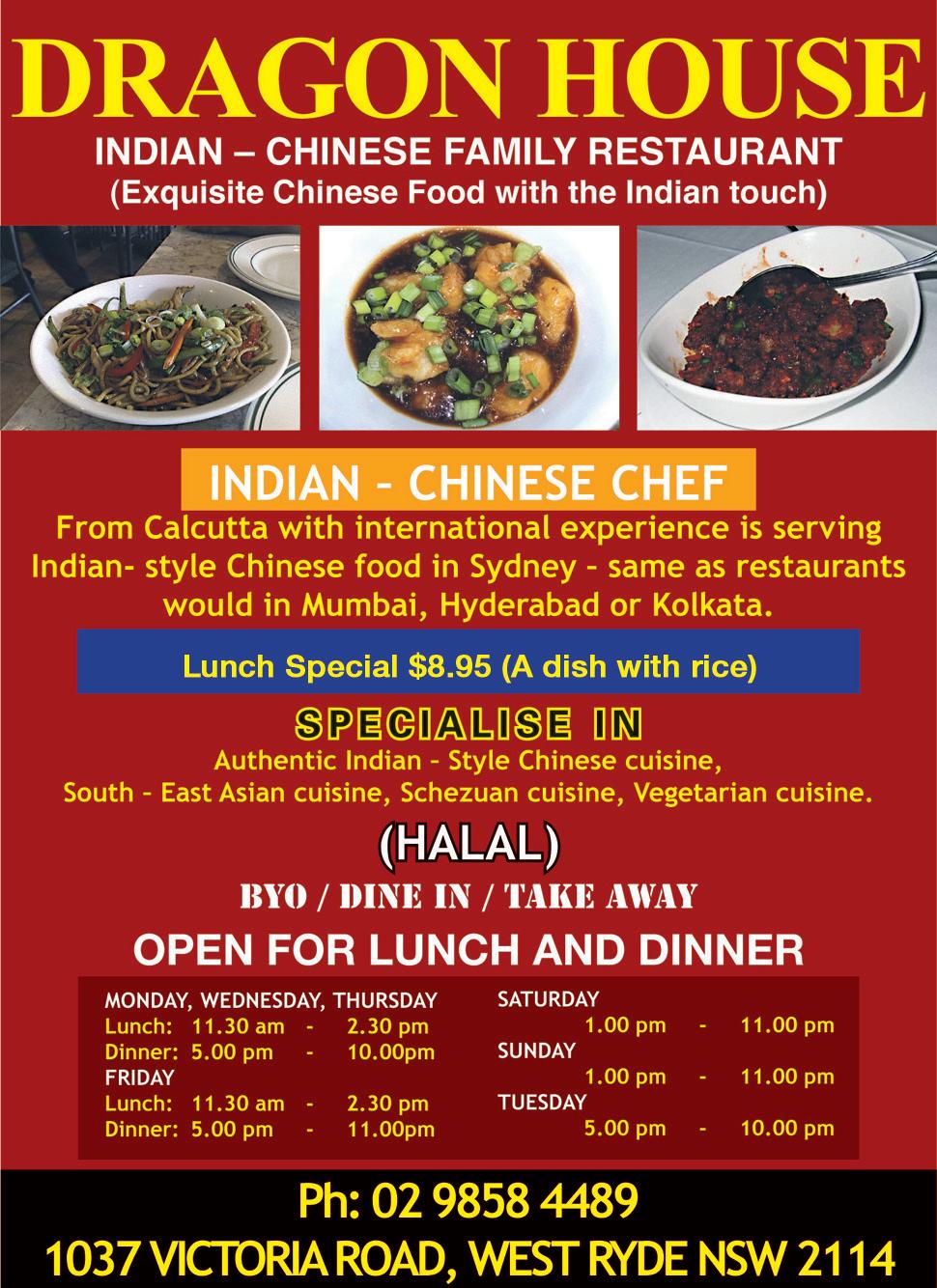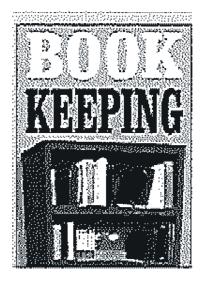
3 minute read
The message behind the numbers
from 2012-07 Sydney (2)
by Indian Link
BY NOEL G DE SOUZA
The demographic change in Australia is a visible phenomenon, but one had to await the Australian Bureau of Statistics’ (ABS) release of the 2011 census results, to discern the extent of the change. The ABS does not gather information only at the five yearly censuses. Rather, it continuously gathers information from a variety of sources. That is why when looking for results from the 2011 census, one encounters summaries collated in earlier years.
The statistics of the 2011 census confirm that Australia’s demography has radically changed. Its pluralism stems not just from language as in the case of European migration, but also from race/colour and religion. Particularly, Chinese and Indians coming from several countries now people this vast land which continues to be mostly empty, but is full to the brim in its major cities.
According to the ABS, Indians are reported to now total over half-a-million people; however, taken in the context that Australia’s total population is just over 21 million, the figure might not appear that significant. But this change has manifested within a short timeframe and indicates a new demographic trend.
The figure given for Indians could mean those born in India (which it apparently does) or it could signify those who are ethnically Indians. There are many more ethnic Indians than half-a-million, which includes persons of Indian origin coming from Indian settlements such as Fiji and Mauritius. Then there are children born to Indians in Australia.
Australia’s residents by country of birth are (in order) Australia, England, New Zealand, China, India*. India and China are the new migrants and are younger to those from England and from Italy. Australia is indeed a land of migrants as a quarter of its residents were born abroad*.
The census figures tell us that the South Asian community in NSW originated from over seventeen countries. The bulk of South Asians live in the Sydney metropolitan area.
SEVA International is engaged in a project to profile the South Asian community in NSW. The project is based on the premise that the South Asian community is characterised by “an underlying thread of social unity through shared experiences; common heritage, food, language and cultural traditions.”

The project postulates that the South Asian community is an asset for Australia because it possesses “a spectacular source of diverse professional skills and technical capabilities with English language proficiencies and so a huge reserve pool of human resource pool for business, industry and the economy –coupled with entrepreneurial skills.”
In this writer’s experience when talking to South Asians, they frequently speak about enshrined memories of what their parents or grandparents would have said or done about matters pertaining to religion, food or marriage. Often repeated quotes include “Grandfather would have been shocked if he had heard that his grandson was going about with a white girl”, or “I have told my children that in our family we have a tradition of only marrying within our caste”, are amongst a long list of similar quotes.

Many ethnic groups in Australia besides South Asians, rather than focusing on helping their members to adapt and integrate with Australians, get more concerned with preserving the cultures they have come from. Often the cultures back home have changed. Older settlers such as the Italians find that Italy itself has culturally changed, whilst some aged Italian Australians think nostalgically about “the good old times in Italy”.
If Australians of Anglo-Saxon and Irish descent would have chosen to follow the attitudes of their parents and grandparents, we would not have had the great demographic change which we are now witnessing. Anglo-Celtic Australians have encouraged migration from Asia and have thus abandoned the discredited White Australia policy.
A widely reported finding is that the number of Hindus, coming from several countries, has doubled (the figure is 275,535*) since the last census. It is not known how those belonging to the Hare Krishna and Sai Baba movements have recorded themselves.
An astounding 4,796,787 recorded themselves as having ‘No religion’ at all, and this category has come second. They cannot be said to be ‘atheists’, but rather as not wanting to adhere to any formal religion. This does not necessarily mean that they are not spiritually inclined.
India dominates with regard to student visas, with India (35%) and China (20%)* together representing over half of the total. Nepal had 8.6% and Sri Lanka a mere 2%.
Total student visas were 33% for NSW, 35% for Victoria and 15% for Queensland*. India also dominated in the higher education category whilst in contrast, Thailand has been sending large numbers of students to Australia to learn basic English.
The clear message emerging from the statistics is that Australia’s demography is changing because Australian attitude towards Asians has radically altered.
*Source: ABS
5.74%
PA
PROFICIENT ACCOUNTING & TAXATION SERVICES
• ABN Registrations
• Super withdrawals
• Business plans
• Book keeping Services

• BAS/GST Returns
• Business Takeover deals
• All other Tax Returns

• Incorporation of Companies
• Business Tax Advice
• Self Managed Super Funds (SMSF)

• Trust Accounting
We are Reliable, Experienced, Friendly & Flexible Also available after hours & in weekends
Avinash (CPA) or Anand (CPA)
Mob: 0425 330 826, 0412 617 819 Ph: 02 9687 5373, Fax: 02 8580 5124
3/154-156 Bridge Rd (Cnr of Bridge Rd & Byrne St) Westmead NSW 2145 15/30-34 Lydbrook St Wentworthville NSW 2145
Email: Avinash@profaccounting.com Website: www.profaccounting.com
Timings: Weekdays 8:30 am – 9:00 pm Weekends 8:30 am – 9:00 pm (Book appointment for convenience)









